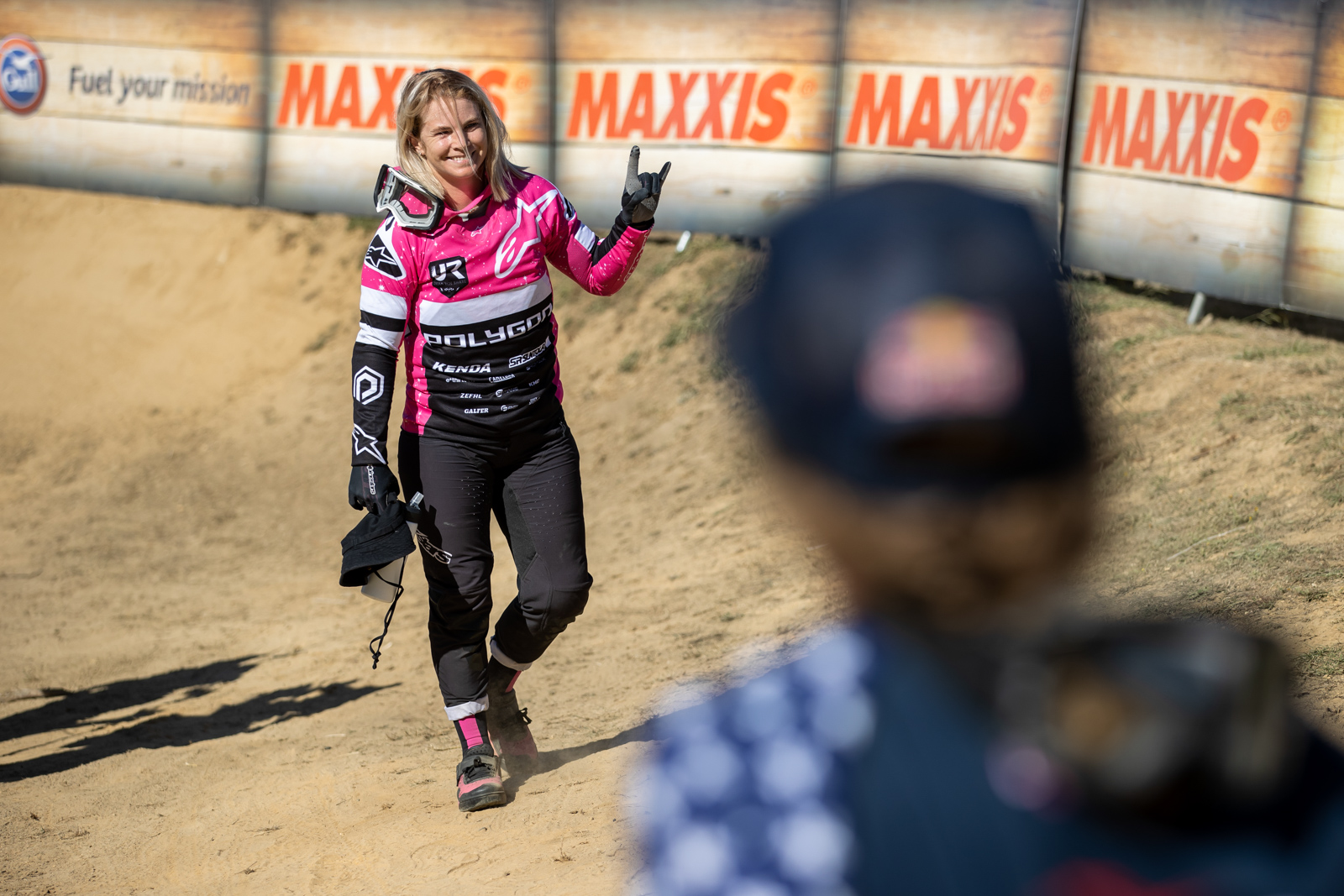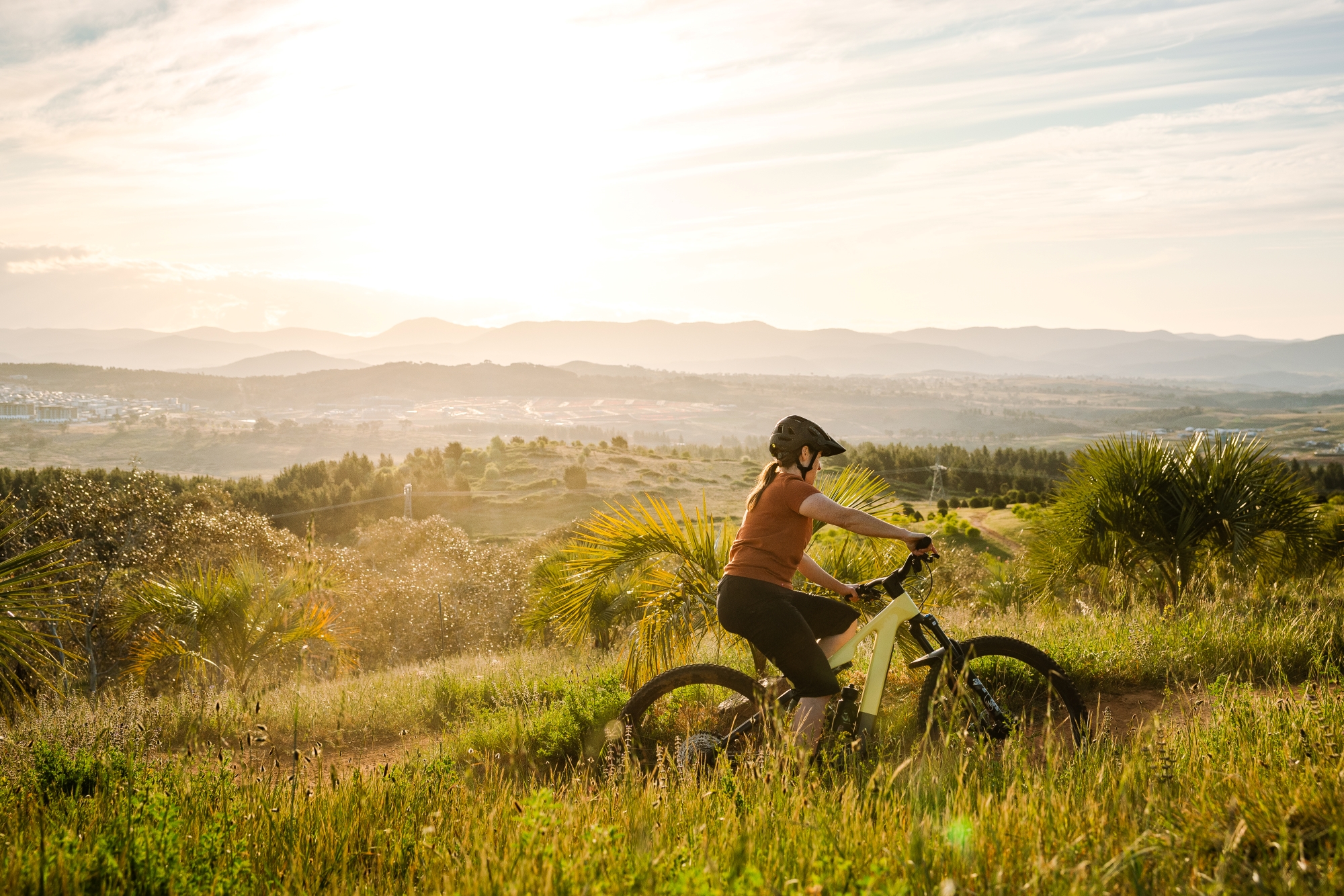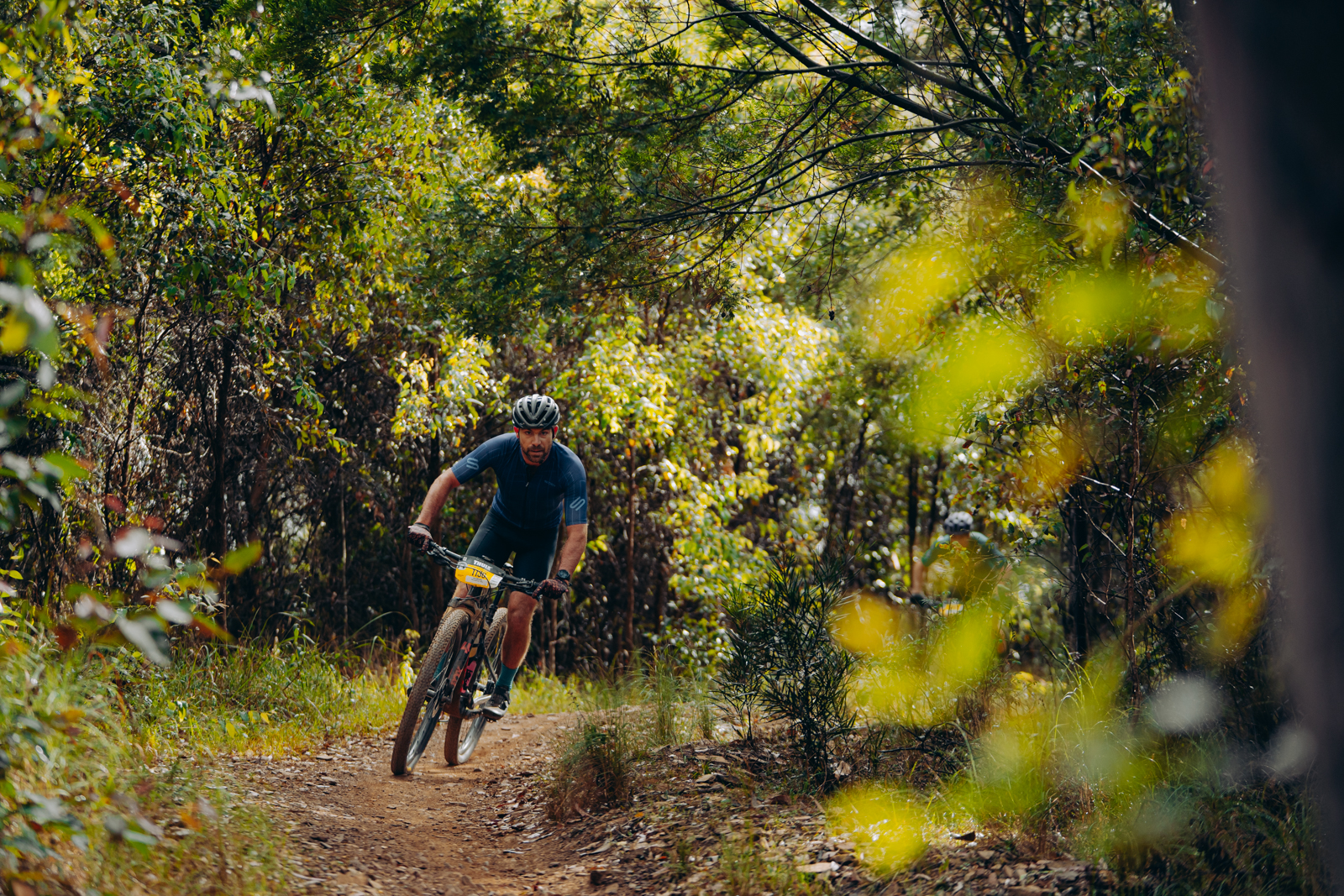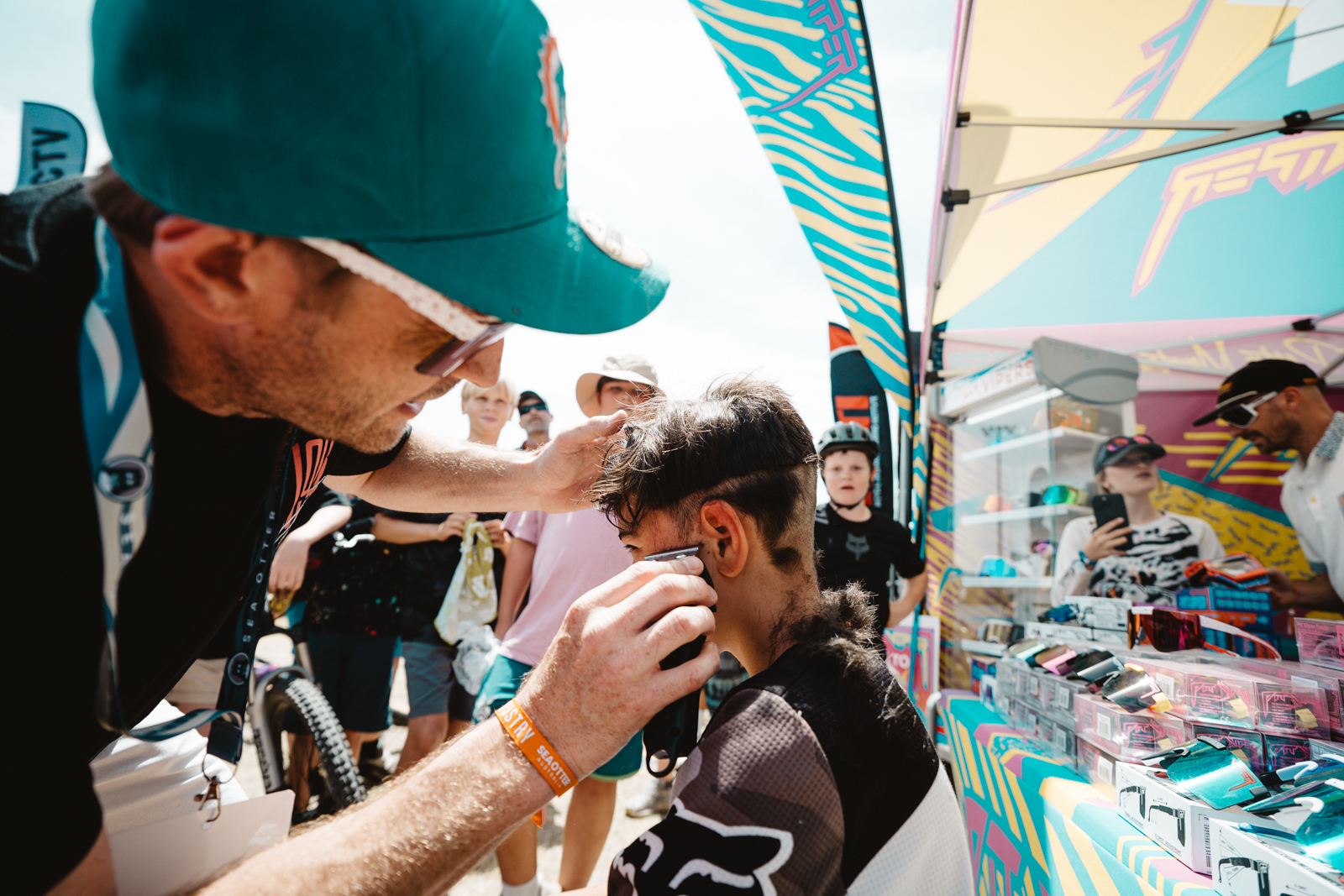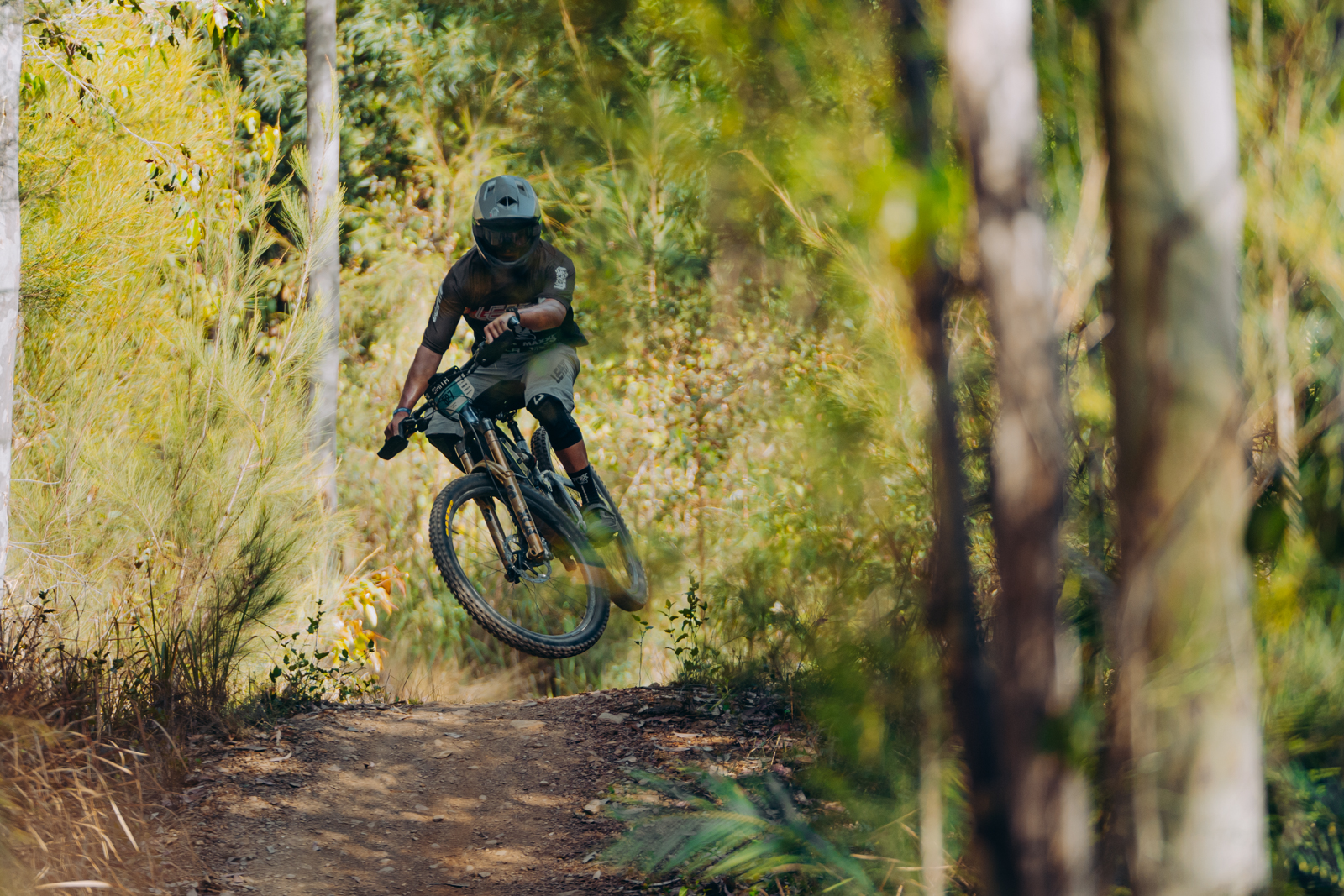Should you train with power?
Power is becoming cheaper and more available for mountain bikers. Should you be getting aquatinted with your watts?
Words: Anna Beck
Photos: Nick Wayood, Bartek Wolinski
In the current age of sports science, we are in data overload. We can track movement with GPS, internal load with heart rate, training load, ‘stress level’ and sleep hours. On the bike we have an added metric of power; but is this technology all it’s cracked up to be?
While data is plentiful right now, data for it’s own sake is relatively useless. For many people some of this technology isn’t necessarily useful, as even the best sports scientists on the world are still finding solid, reproducible ways to make meaningful performance increases with emerging wearable technology.
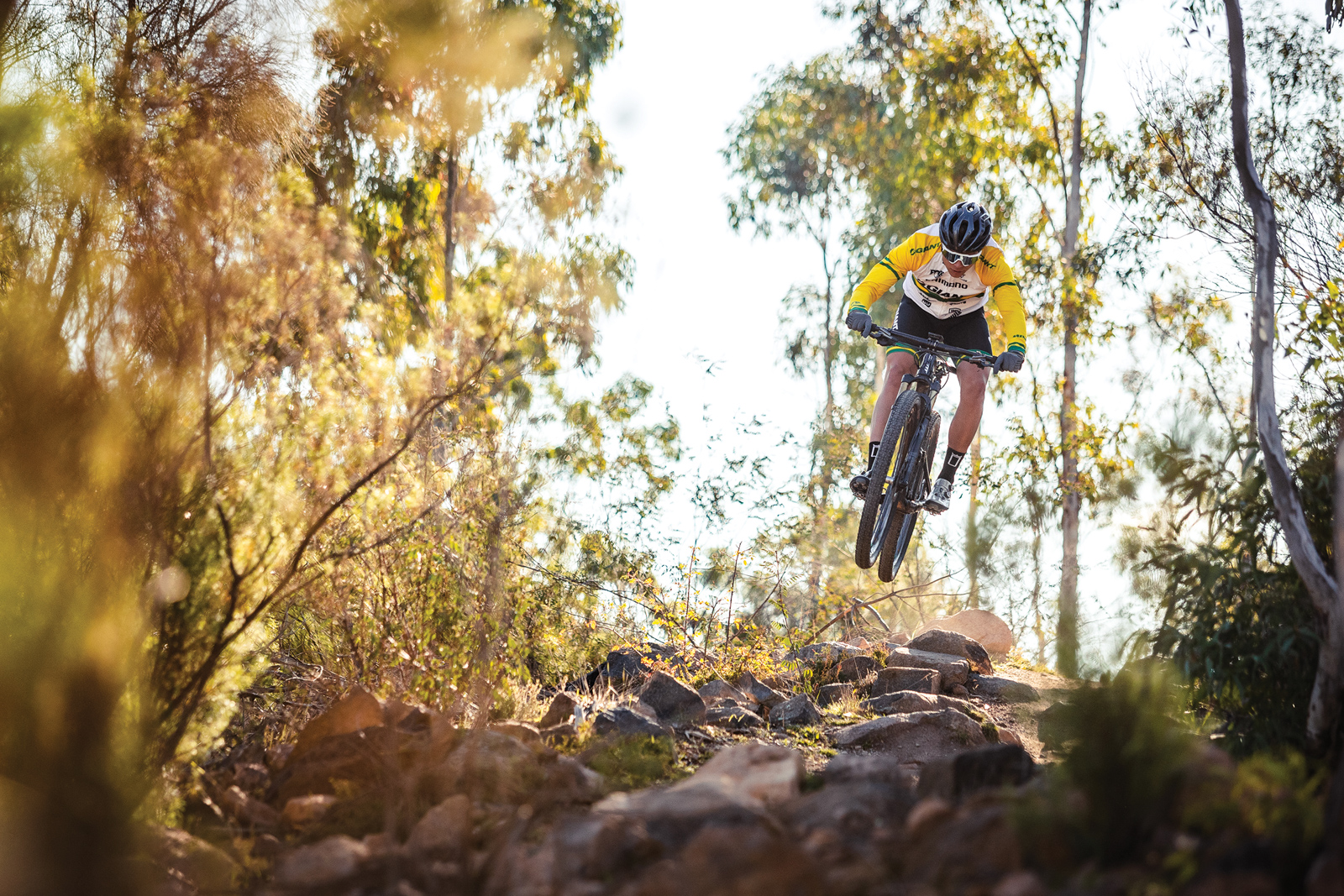
Enter the power meter (PM): technology that just fifteen years ago was reserved for sports institutes, now available for everyday use at home. Power can be used by all level of riders from the weekend warrior to the World Cup heroes we watch on Redbull TV, with measured, studied benefits.
In this article I'll demystify and explore the power meter and the endless jargon surrounding power training, why it’s not just for road cyclists, and discuss with some high flyers exactly how they use power for increasing performance on the bike.
Introducing your new best friend – the power meter:
Back in the olden days, athletes of a certain calibre would be taken and tested at sporting institutes and this minute fraction of the cycling community would be privy to their cycling power numbers and VO2 max. The numbers were essentially meaningless to anyone outside that specific realm, and the rest of us–if we were lucky–had handy bar-mounted Polar heart rate computers that didn’t even upload to anything, they just revealed heart rate at any given time.
But what’s the advantage of power over the humble heart rate monitor we all know and love? Why would you shell out in the realm of $500–$1800 for some fancy numbers?
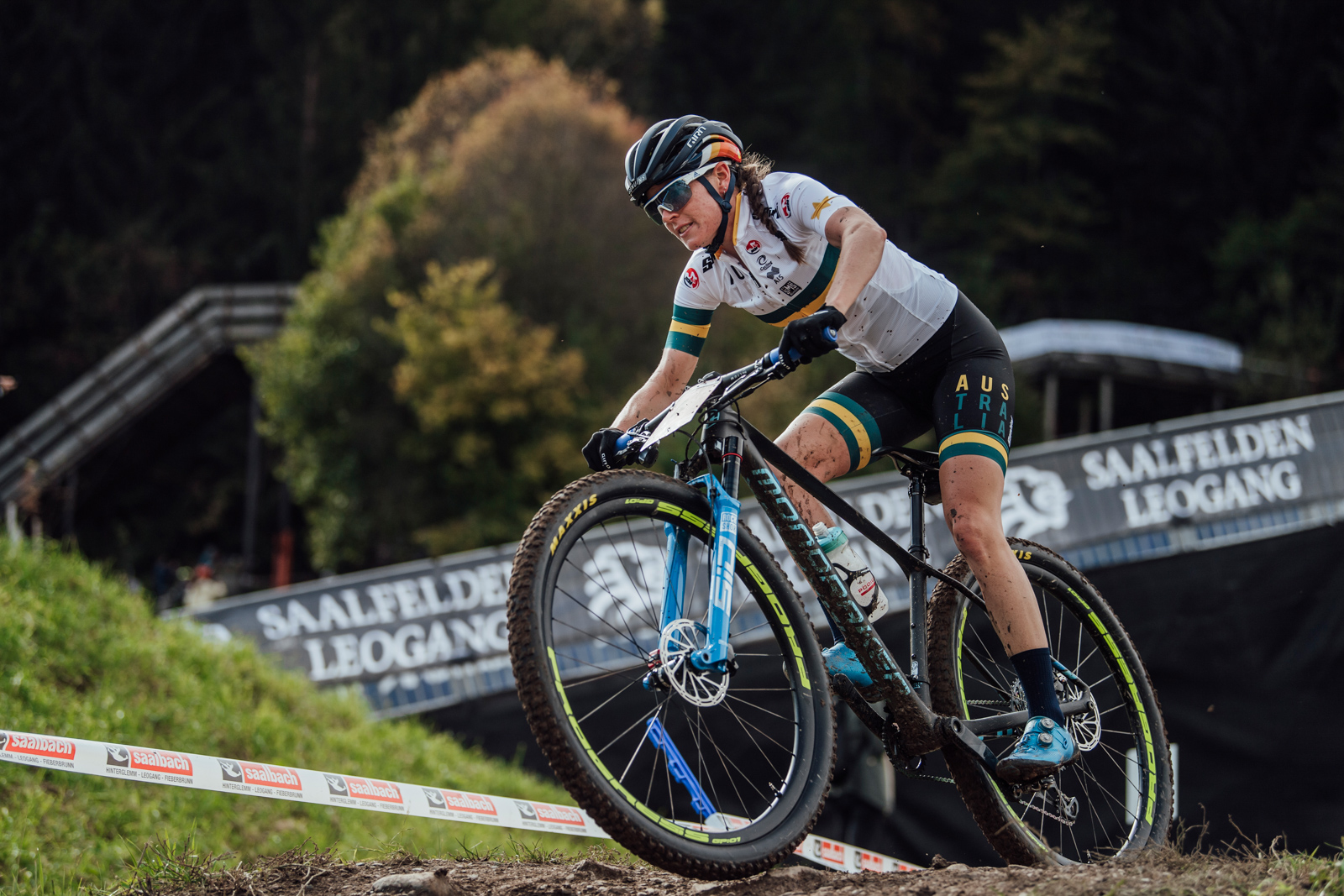
To put it simply, power gives you the cold hard reality of what workload you are producing, and the means by which to benchmark your progress at differing power durations through a training cycle. If you consider the heart rate monitor for example, that’s measuring the internal load of your training: how hard your heart is beating in order to deliver oxygenated blood to the working muscles. It’s a useful metric, but while it gives us a good indication of how our body is responding to the efforts we are putting into the bicycle, it’s not actually giving us any indication of the output we are generating.
Enter stage right the PM. If the heart rate monitor shows your physiological revs, the power meter shows the speedo. Measured in watts, the PM shows actual output of your pressure on the pedals, measures through the spider, bottom bracket, crank arm, pedals or even rear hub, depending on what particular model you use.
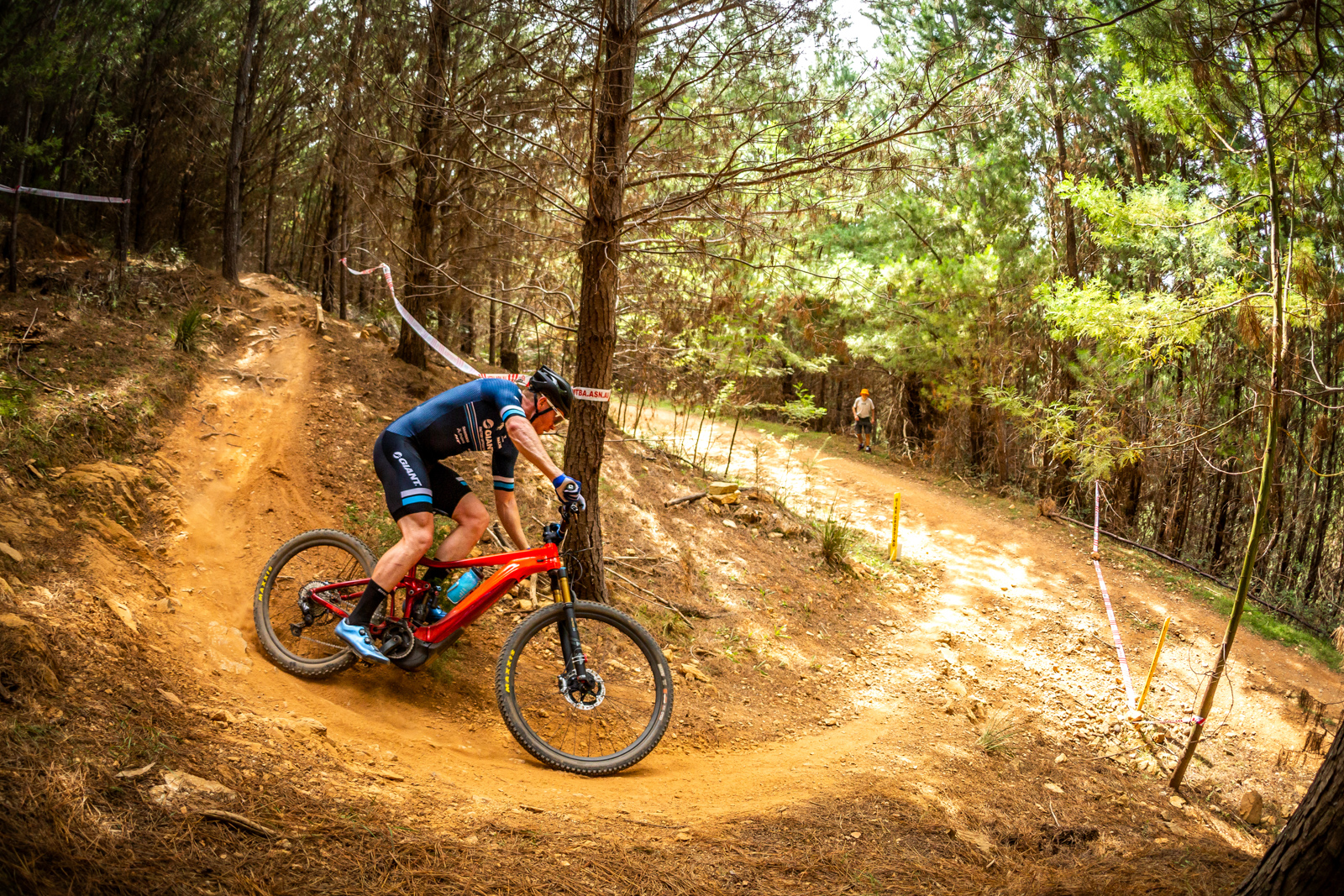
The watts (‘W’) measured on the bike is a unit of energy, just like a lightbulb, and the way to measure progress is to benchmark power:duration with maximal outputs at durations significant to where you are in your training, and your performance goals.
For example, for those targeting a hilly marathon in the French Alps with multiple hour-long climbs, the FTP (functional threshold power: that which can be held for approx 1hr) would be a duration that would be an obvious target to increase output for. For a World Cup XCO race, a repeatability of a 2.5–5min duration would be a good place to measure and manage using power.
Advantages of using power in training:
- Consistency in training regardless of how you’re feeling: the ultimate objective measurement
- Easy way to track progress at different training durations
- A good way to identify and work towards improving limiters
- Ability to use during course practice and in a race scenario to understand the power demands of the event
- Can identify what types of riding may be better suited to your physiology
- Can identify energy requirements of training via kJ
Disadvantages of power in training:
- A risk of the athlete reducing technical trail time in favour of training to numbers
- A different experience to power training on the road with reduced average power and not accounting for energy output during technical trail riding
- Best watched with an experienced coach to get the most out of training, and not get caught up in unimportant parts of your power data
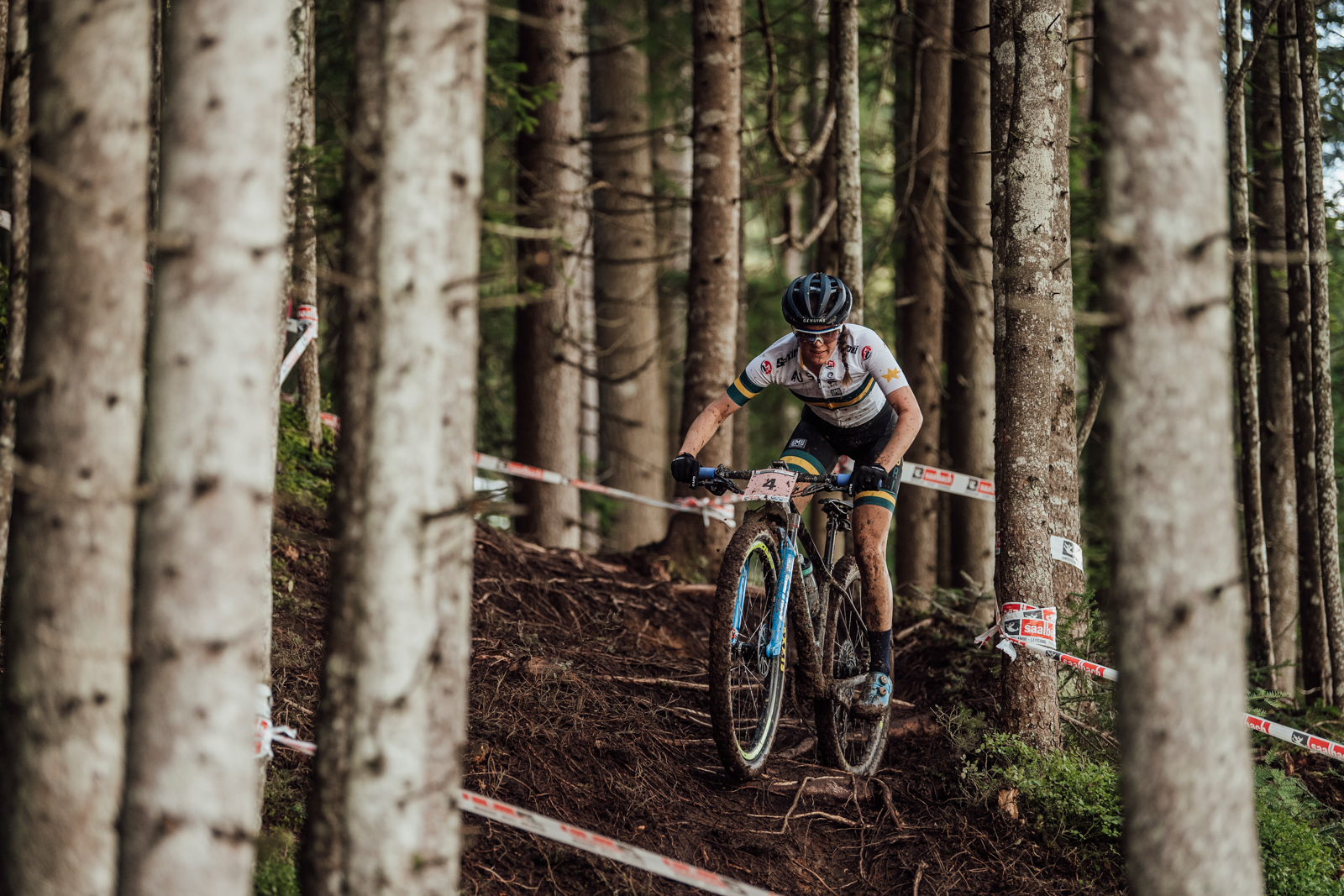
The Road vs The Trail:
Many dedicated road riders have been using power for years, but PM offerings for the mountain bike have been much leaner until recently, with several big players coming out with some dirt-friendly options. Earlier models of PMs for off-road suffered with large, erroneous data spikes from terrain impacts, and were notoriously unhappy with poor weather. Many of these issues have been ironed out with newer offerings, but there are still a few things to consider when purchasing a power meter for the mountain bike.
Due to the dynamic nature of mountain biking, tracking heart rate alongside power is a wise choice; the overall stress of the sport isn’t fully represented when wrangling through a technical descent or motoring up a technical trail. It’s quite common to have reasonably low to moderate average power outputs on a mountain bike ride when compared to a road ride of the same length and intensity, due to the greater variation in power output and time spent freewheeling singletrack descents.
Cross-country and marathon disciplines are two that can really benefit from power; especially for longer more consistent or fireroad efforts where seeking steady state power is desired. For gravity and downhill, however, installing power on your race bike is a more contentious issue.
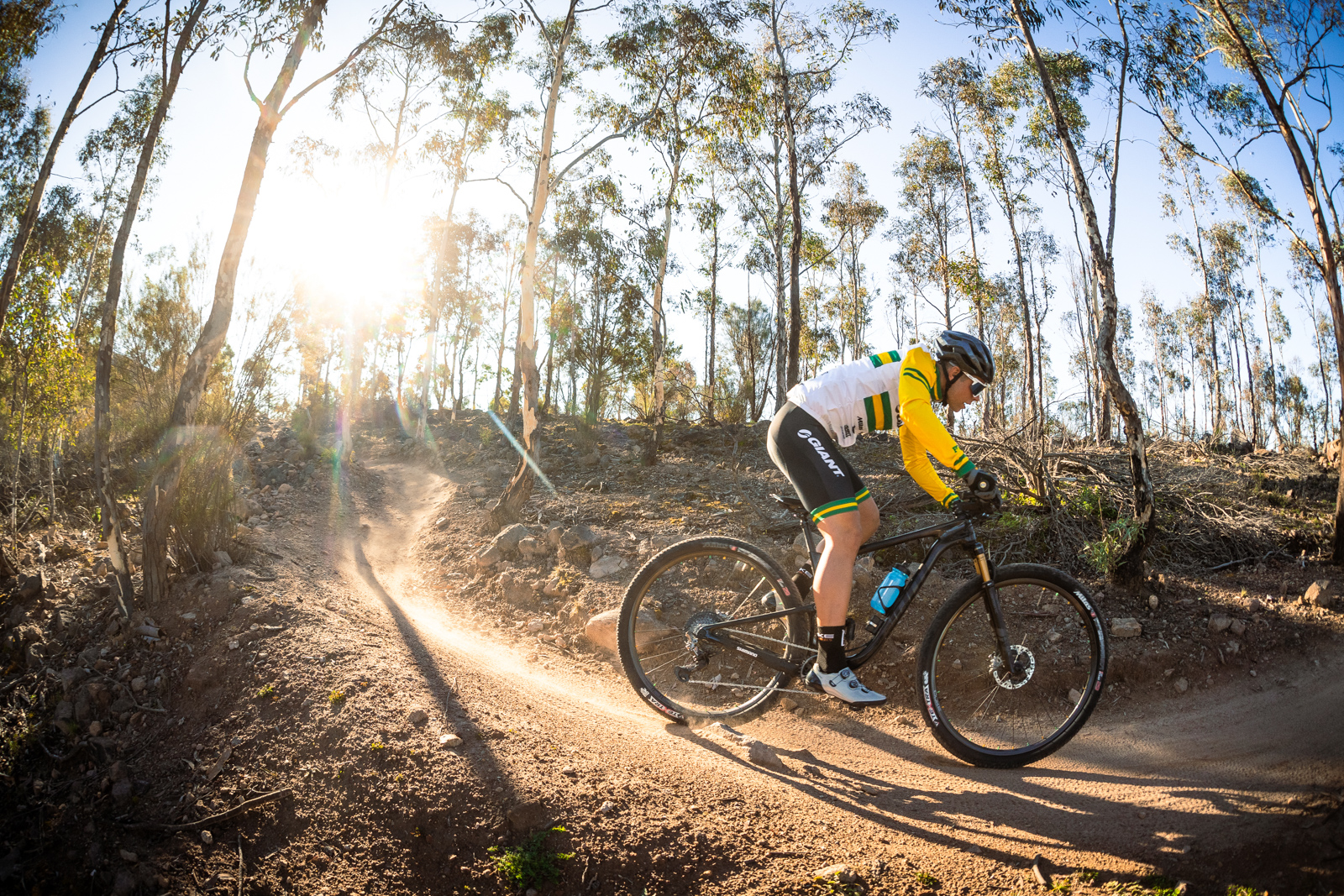
Real world power training experiences from fast guys and girls:
Former World Cup Downhiller, Tracey Hannah says “In downhill it would be too distracting to have a power meter on the bike.” But Hannah used power in the off season "I had to do a lot of off season testing on spin bikes to be sure that I was consistently getting stronger and the right power output. I definitely need the stats and numbers for training, I just can’t use it in competition”.
Dave West, physiotherapist and strength coach who has worked with Troy Brosnan for the past five years, echoes this sentiment, “While there are courses that require 10–30 sec maximal power burst… it’s really about going as hard as you can.”
West states that Brosnan uses power on the road bike, opting without on his race bike, “Measuring power is getting data and tracking performance changes… we have done preseason baseline testing, midway through, then towards the end when tapering, heading away and preparing to race. We are interested more in maximal power over 5 seconds, so it’s less applicable than other disciplines that are more aerobic and dependent on increasing power at longer durations”. West adds, “some race runs are 3–5minutes and none of that is pedalling”.
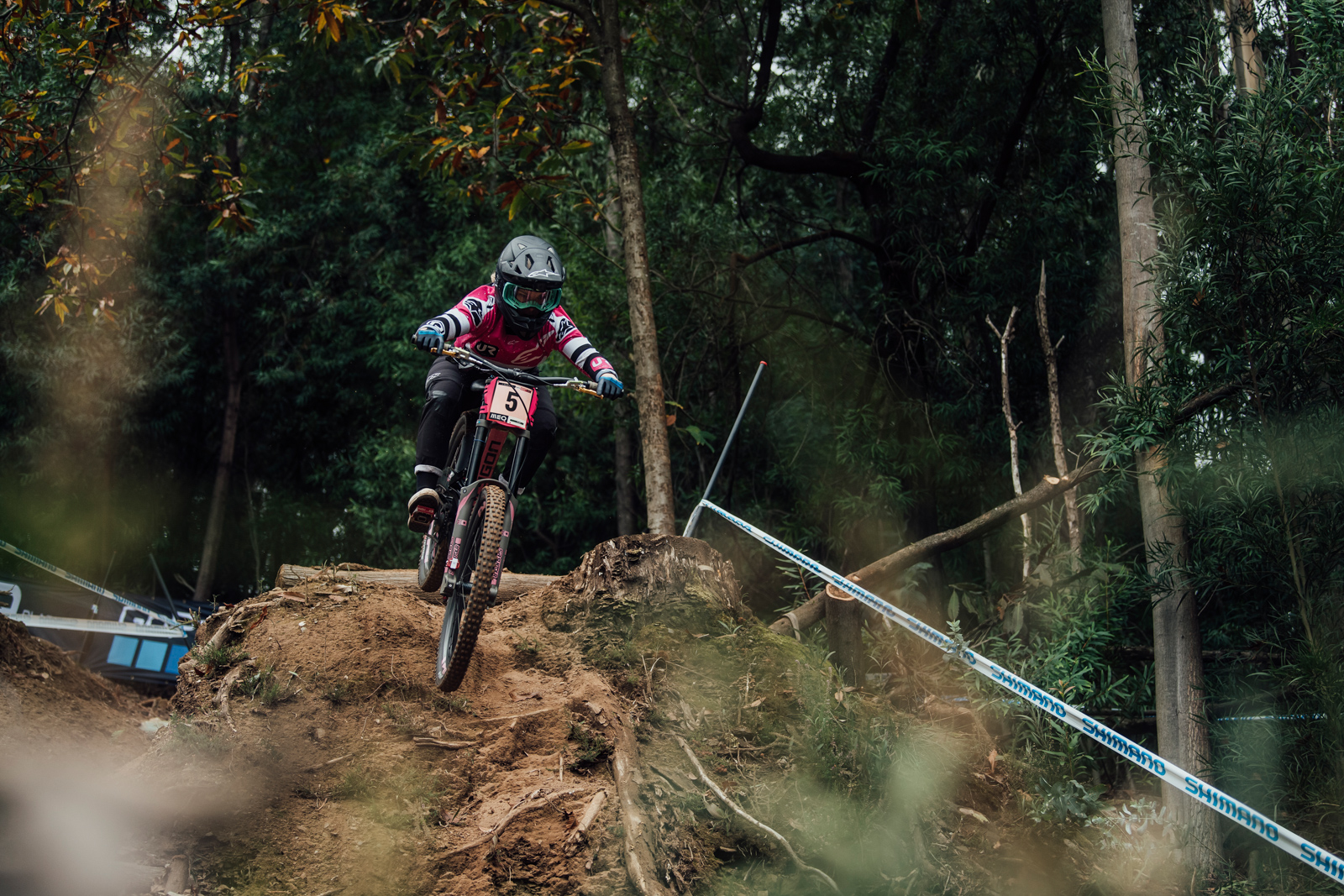
At the other end of the mountain biking spectrum, Brendan Johnson has excelled in the stage race, XCO, marathon and road racing scene. Having used power in training for around ten years, Johnson has an abundance of experience in power based training, “power makes it really easy to keep an eye on your fitness and load. And I think from a testing perspective you can really see how you are going, the power meter never lies!”
“I guess the main feature I use which is derived from the power data is Today’s plans CTL/ATL/TSB feature. Basically these are cumulative numbers that indicate your load and fitness over different periods, so if I have a particular event coming up I will have numbers in mind that I want to achieve in terms of load and then obviously you can keep an eye on fatigue as well as you get closer to the event. The other main thing is interval training, I don’t actually do a lot of it but when I do it’s most definitely power based.”
World Championship medallist and Olympian Rebecca McConnell has power meters installed across all her bikes, and says the value for her is the objectivity it allows, “It gives honest and accurate information that is not subject to other factors, like heart rate. Once you start training with power you realise how much your heart rate varies depending on training and life factors (being tired, being fresh, how many intervals you’ve done prior to this one). Sometimes your legs feel really, really horrible but you can still do good numbers.”
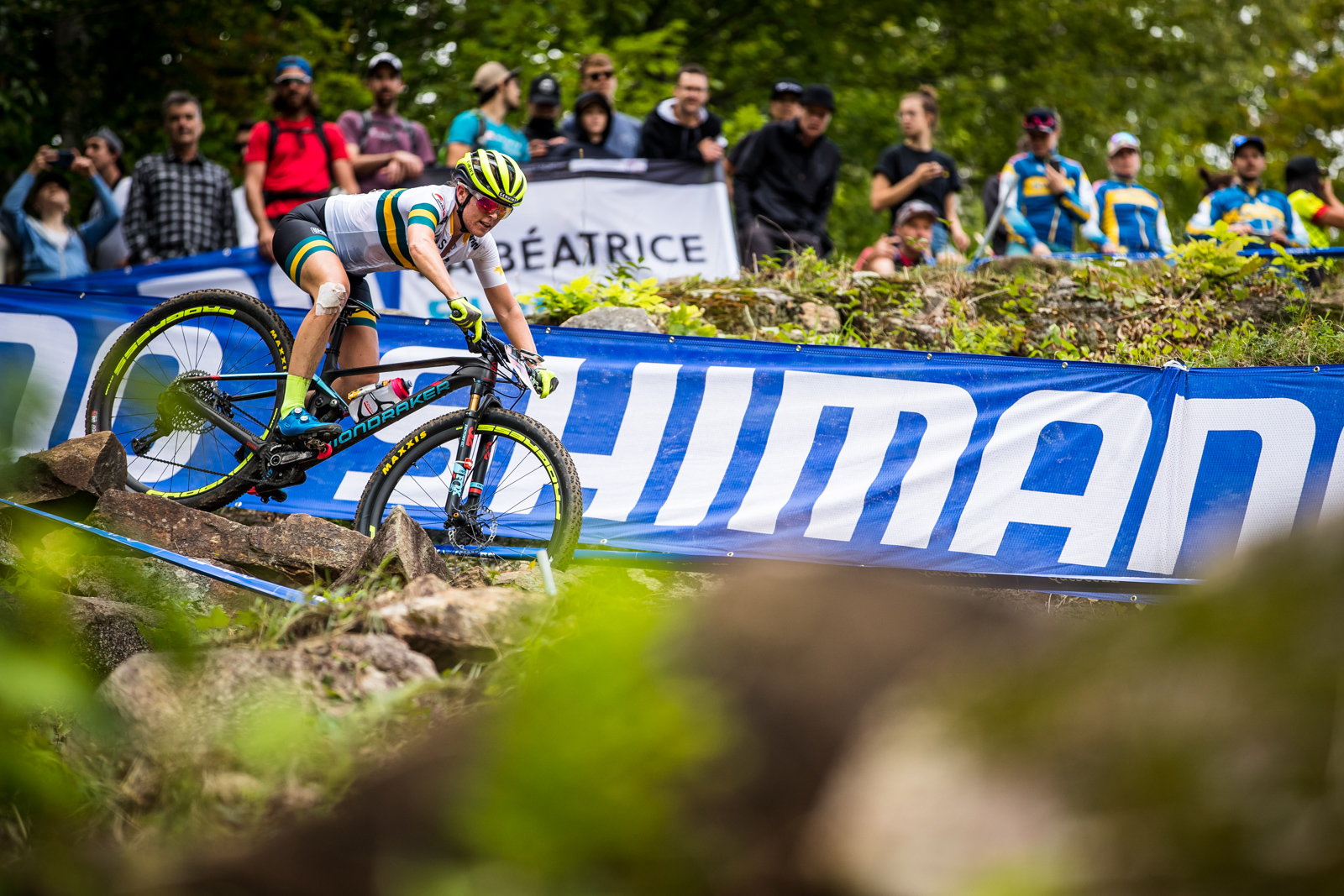
“For anything between 1 and 20 minute efforts the feedback/information is very important. It means that your intervals are consistent and measured, and not based upon the all too inconsistent heart rate.”
McConnell warns against benchmarking your power against other riders, “It’s also important to know your numbers and don’t compare them to other people! There is a lot of evolving and learning about yourself in that as well”. To avoid this, McConnell states “getting some advice from someone who has a good understanding of how to best incorporate into your training” is key to using power meaningfully.
Johnson mirrors that understanding your own numbers is important, and compared with road “the power profile of a [MTB] ride is completely different… if I were to look at the data from a marathon or a cross-country race it would be rare to see any PB numbers. On the MTB there are always other things you are using some energy for, maybe it’s rough or technical”.
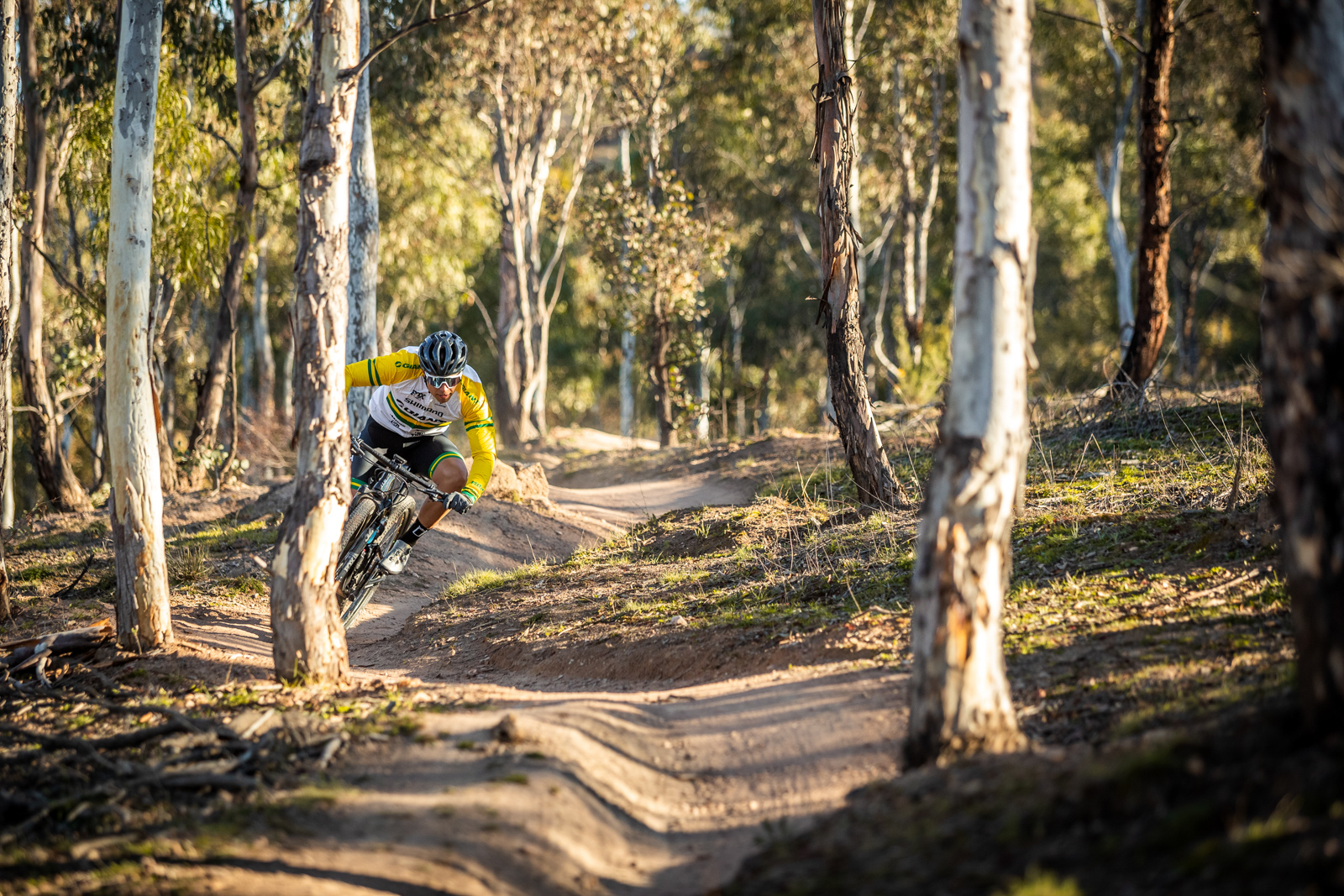
Josh Carlson, of Giant Offroad Factory Racing Team Enduro, now also an E-Bike racer (and National Champion), has also used power for years, and says, evolving from cross-country to enduro, “I have spent lots of time adapting it to the requirements of gravity Enduro over the years and regardless of which direction we decide to head towards… we always find ourselves relying on power numbers to best prepare for the upcoming season. The main evolution being shorter, repeated efforts compared to the longer sustained power efforts of an XC athlete. Also incorporating those shorter, sharper efforts in the middle of descents is also something we have evolved. Doing sprint efforts in the middle of a DH trail or a short climb before dropping into a tech descent is a specific session we use to prepare for EWS and EWS-E races”.
For gravity racing, Carlson states “Using a power meter to watch your numbers on a liaison can be mega beneficial. We found that if I pedal up the liaisons a little harder than expected, I stayed more ‘activated’ throughout the day. Whereas if I cruised up the liaison climbs too easy, I would arrive at the stage start feeling flat and fatigued”. He also warns “Looking at and training with power is a huge advantage to your program but sometimes it can come at a cost to your technical riding and ability to send it when the going gets tough. It will help your program but it wont be the end of the world if you're focusing on Enduro and do not have a power meter”.
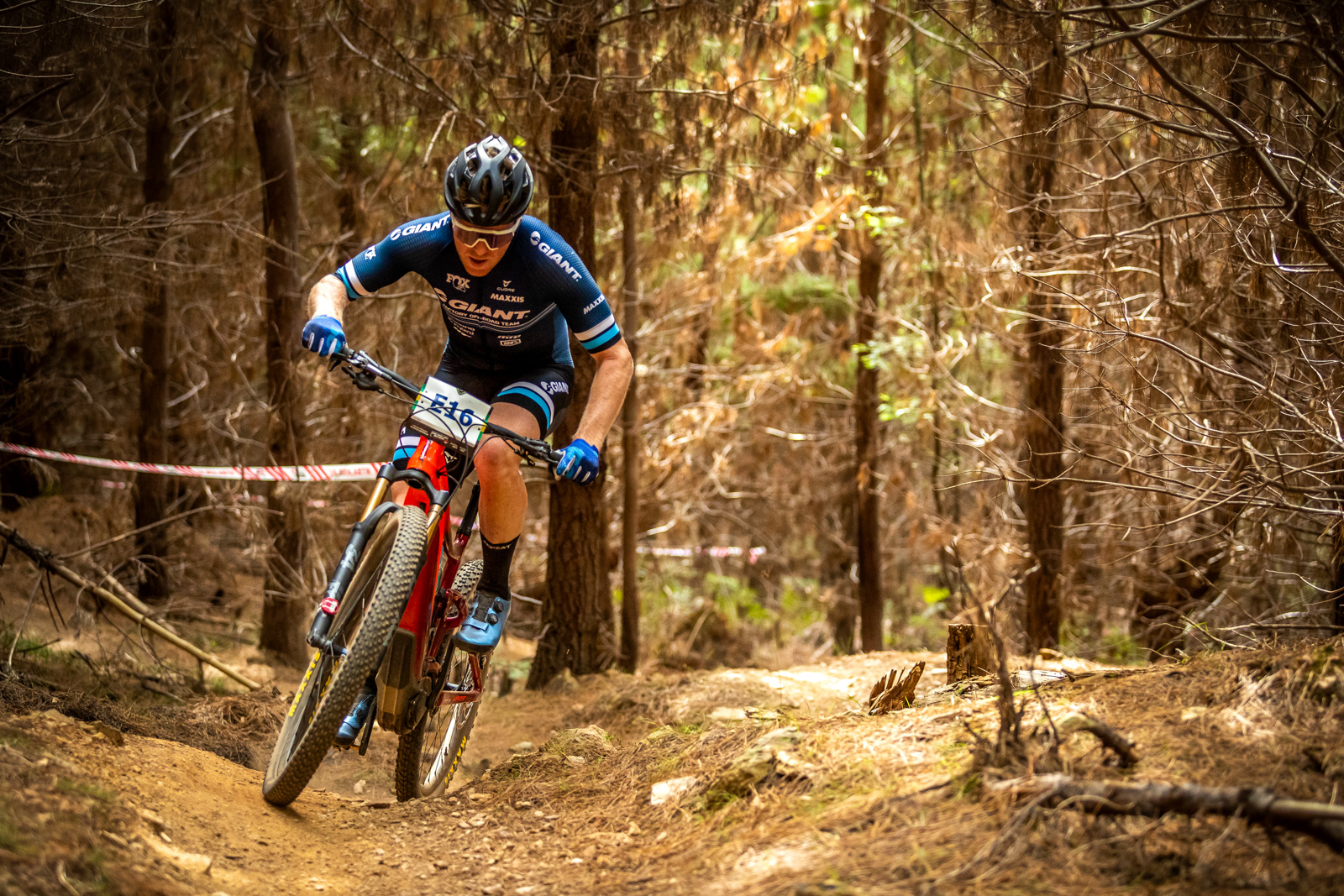
While power meters are emerging in the sport of mountain biking and can add meaning to your training sessions, it’s important to remember the sport for what it is: a mixture of technical skill married with fitness.
As West cautioned, “You can get the most technically gifted rider out there and throw him in a DH race and he may win, even if he’s very unfit, but you get the fittest guy with no skills and put him in a race, he’s going to come last”.
Power Meter buyer's guide:
Stages Gen 3:
The Gen 3 units from Stages have 1.5% accuracy, Bluetooth and ANT+ transmission, and can be found in a range of left hand cranks for Shimano and SRAM, along with dual-sided models for left/right leg balance for those serious about data. Battery life is about 200 hours, and there's an LED light to indicate functionality. As the unit is factory installed onto a crank, clearance does change so check with your frame manufacturer.
From $799
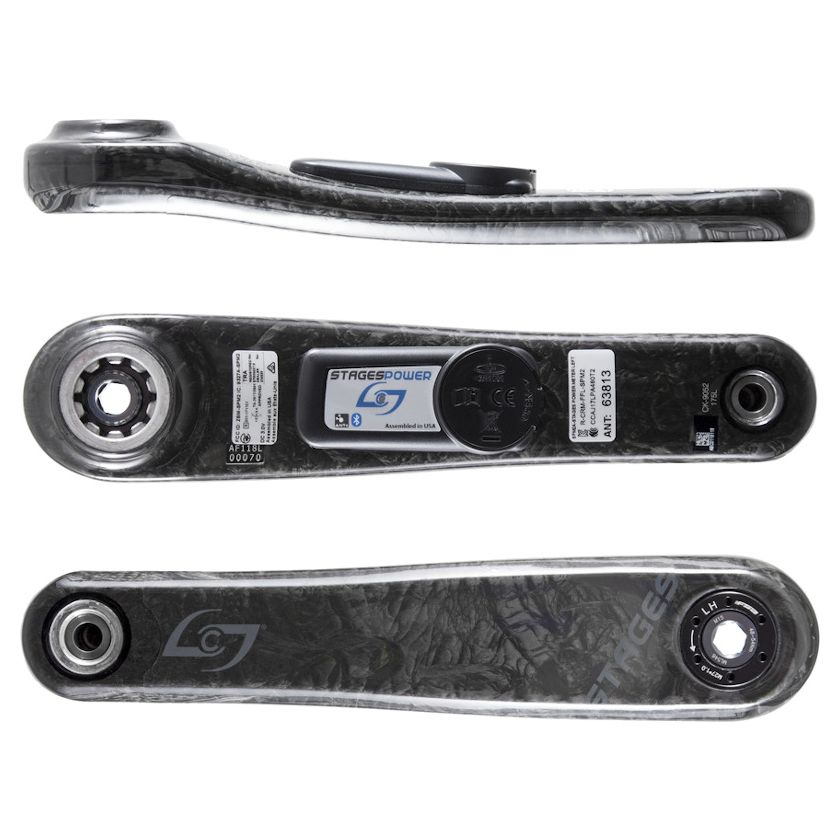
4iiii Power Meter:
Functioning much like the Stages power meter, the 4iiii unit is factory installed onto left hand cranks, although like Stages, there are dual sided models also available. The unit itself is smaller, adding just 9g weight to the crank, and it has 1% accuracy and 100 hour battery life. The unit is Bluetooth and ANT+ compatible. Like Stages, clearance for your frame should be checked with the manufacturer. The downside? The MTB versions are not currently imported by the Australian distributor.
From $633
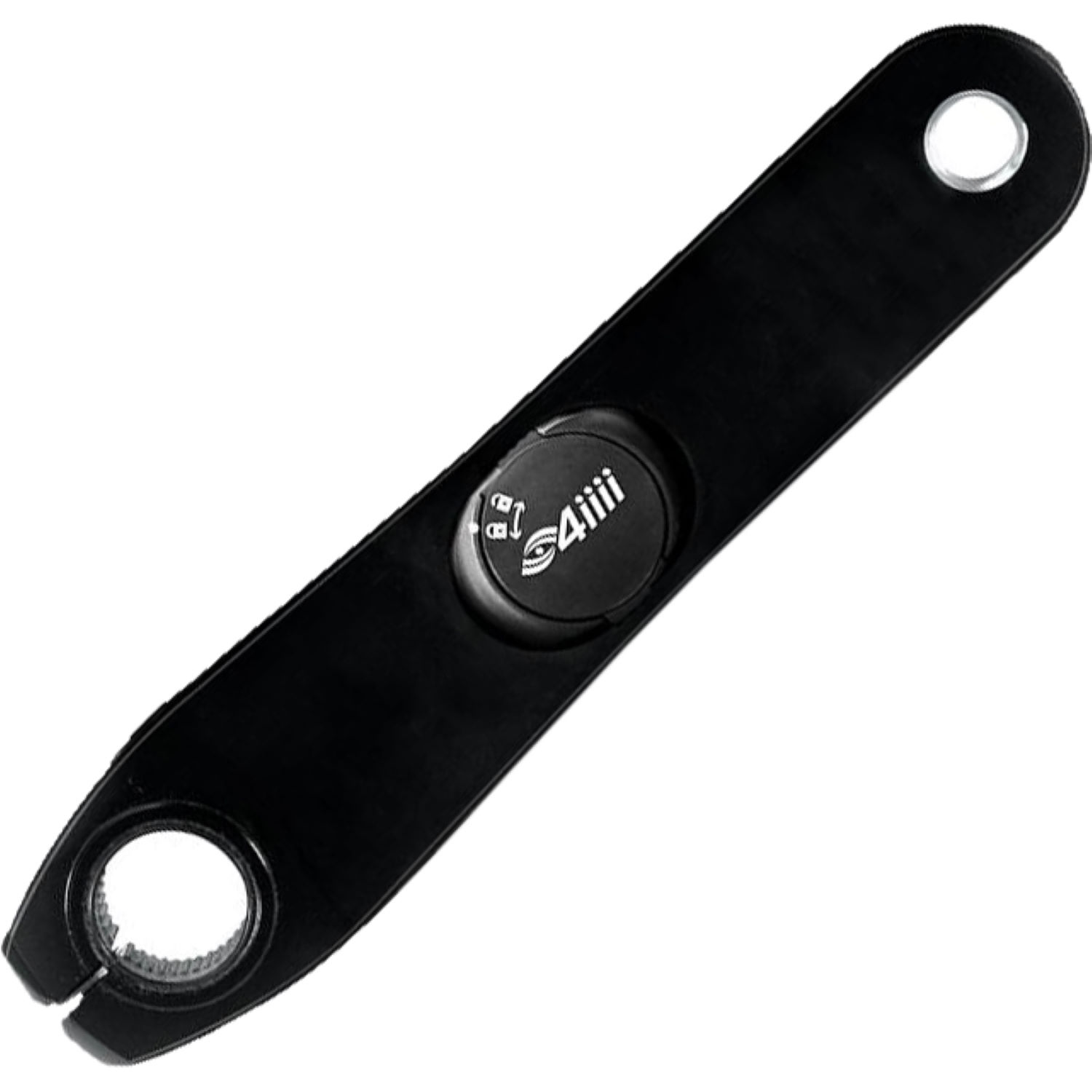
SRM X-Power pedals:
Forget about bolt circle diameters and bottom bracket standards, the SRM X-Power pedals are a versatile option that is easy to take from one bike to another. They have a left/right balance reading, are rated to around 2% accuracy. With Bluetooth and ANT+ they can pair with a compatible devive plus Android and iOS, and used with a trainer they are Zwift compatible as well. The pedals have a 30hr run time with a rechargeable battery, and they weigh 170g per pedal.
$1995
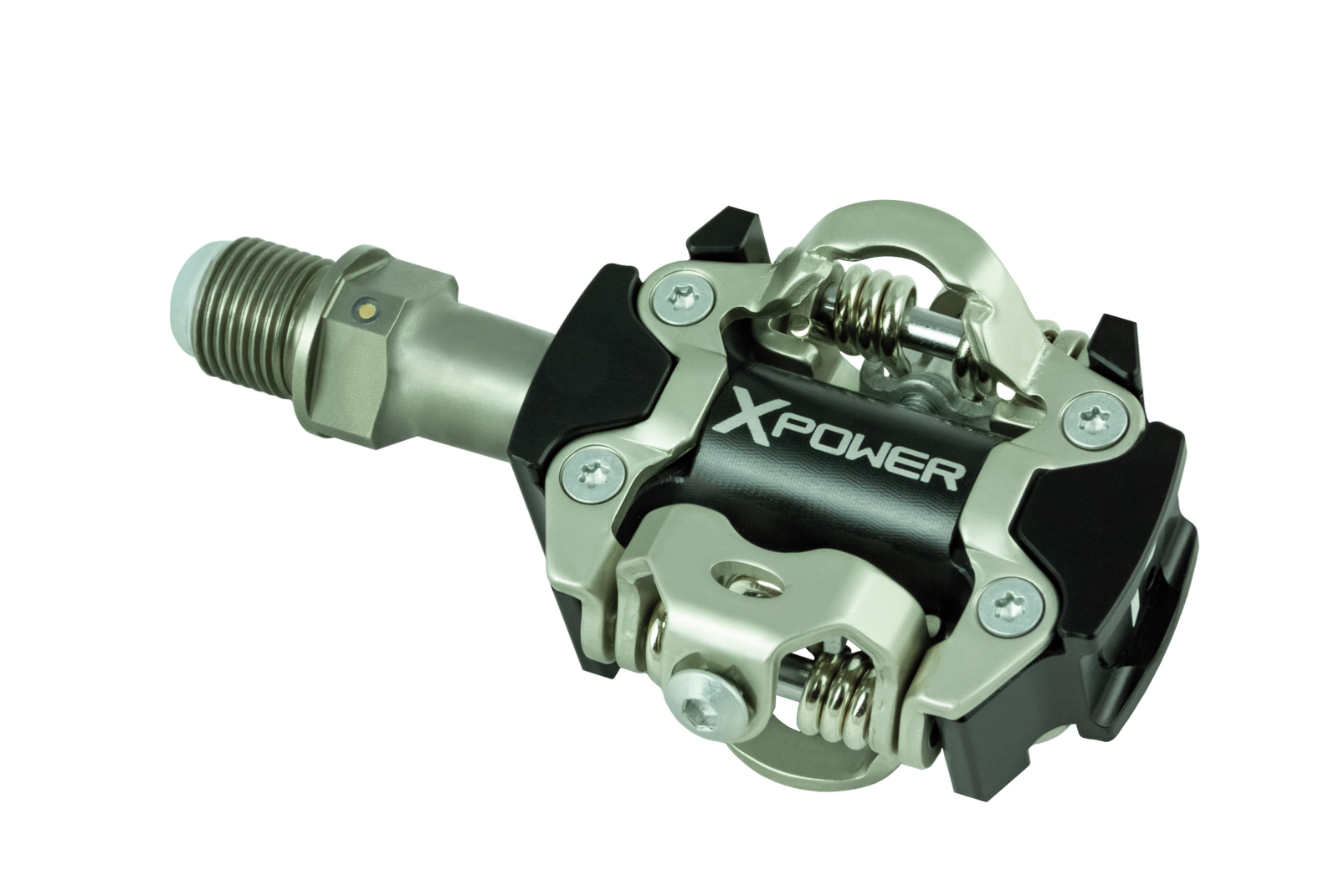
SRAM XX1 Eagle Power Meter:
When SRAM bought Quarq, they bought a very reliable power meter system. Since then, that technology has been an option in the top road and mountain bike group sets that SRAM has offered. With 1.5% accuracy, and 200 hours battery life, this power meter is ready for you to get on your bike and go. With Bluetooth and ANT+ compatibility it works with a range of head units, and it autocalibrates for every ride.
From $1399
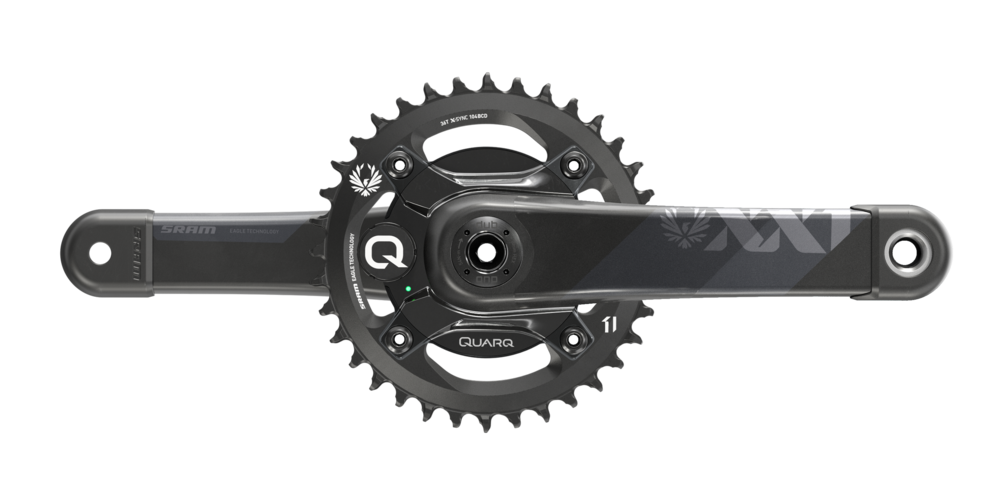
SRM Origin MTB Wireless:
SRM are the big name in power meters, with decades of experience and a reputation for quality and precision. The Origin is a wireless spider power meter, with options for SRAM and Shimano direct mount cranks. Accuracy is 1%, and they can use both Bluetooth and ANT+ to connect to your own head unit or their own. The 104mm bolt circle diameter (BCD) limits you to a 34-38t chain ring. But with today's 12-speed cassettes that should not pose a problem if you're serious about training and racing.
$1985
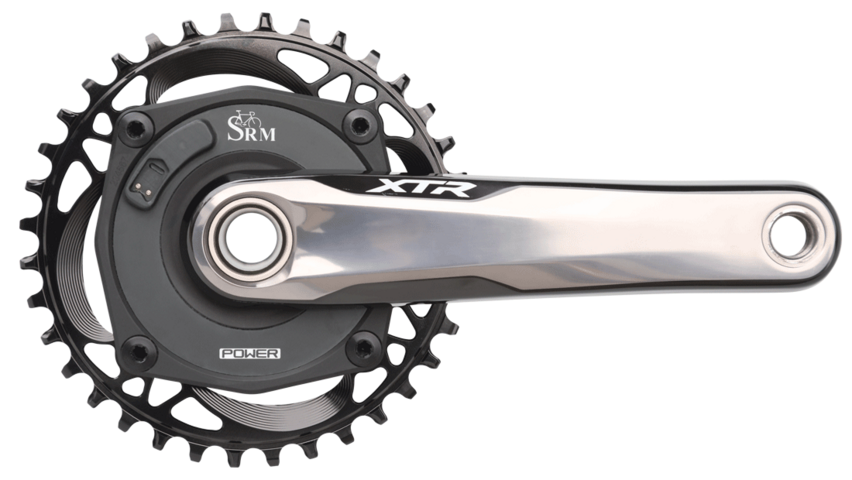
Race Face Cinch Power Meter spindle:
Race Face have put a power meter into the spindle of their Cinch system, meaning you don't need to change crank arms or anything – just the axle! There's 400 hours of run time and it is USB chargeable, while also being ANT+ and Bluetooth compatible. Of course, you need Next R, Next SL or Turbine cranks. Accuracy is 2% and it adds only 65g.
$830
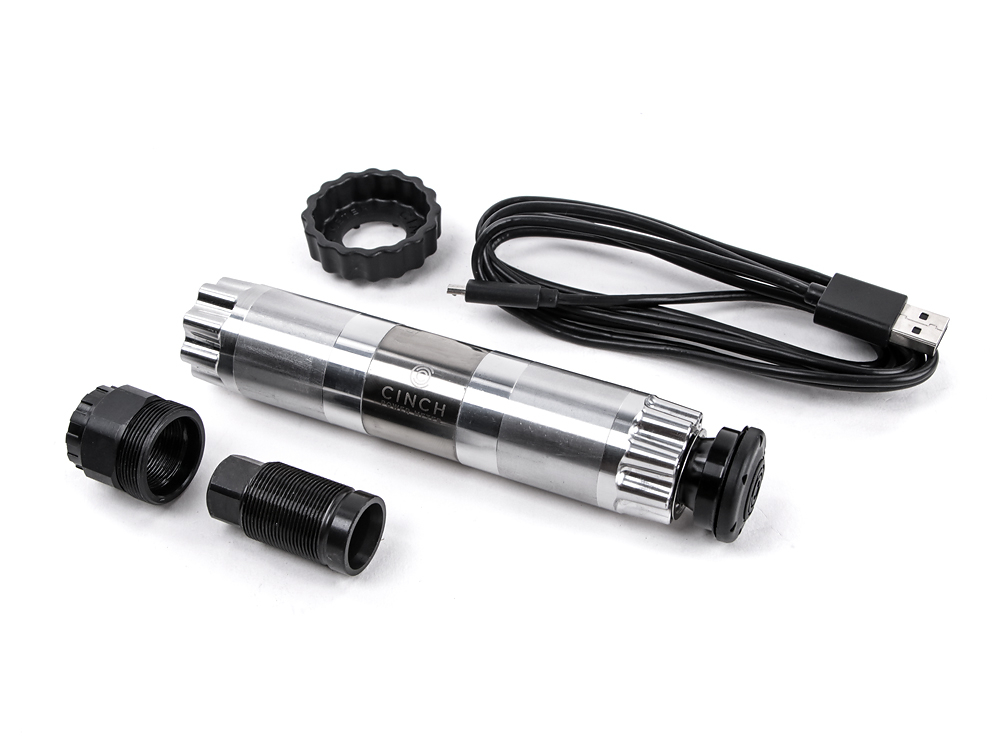
Interested in more training articles? Click here.

